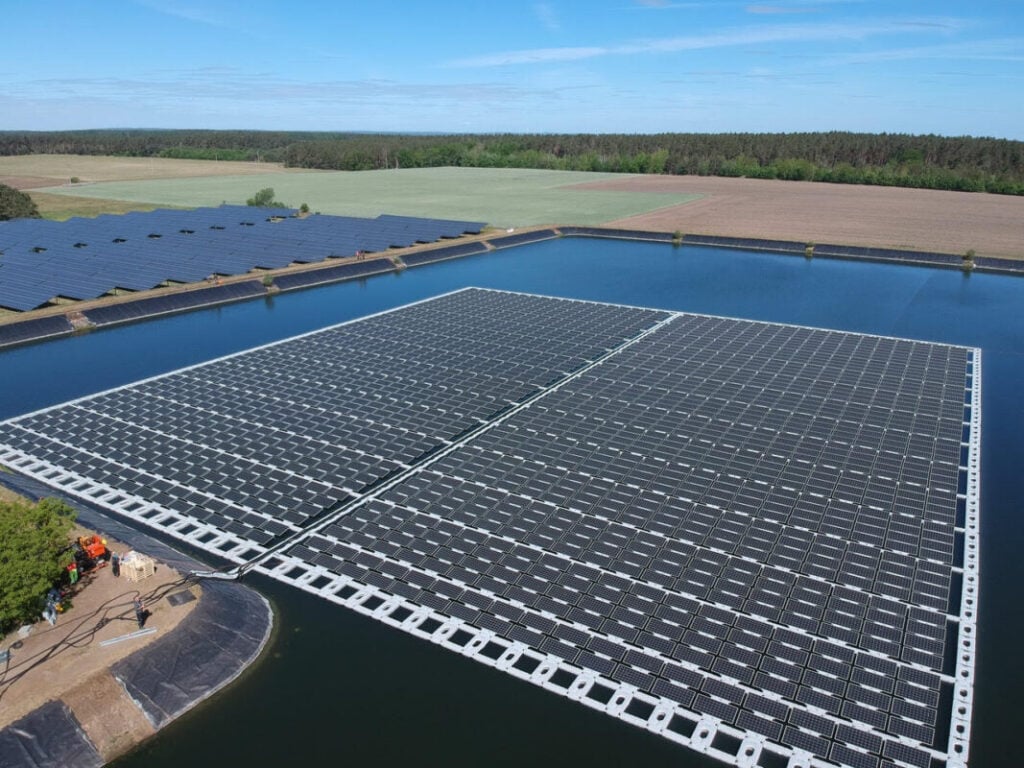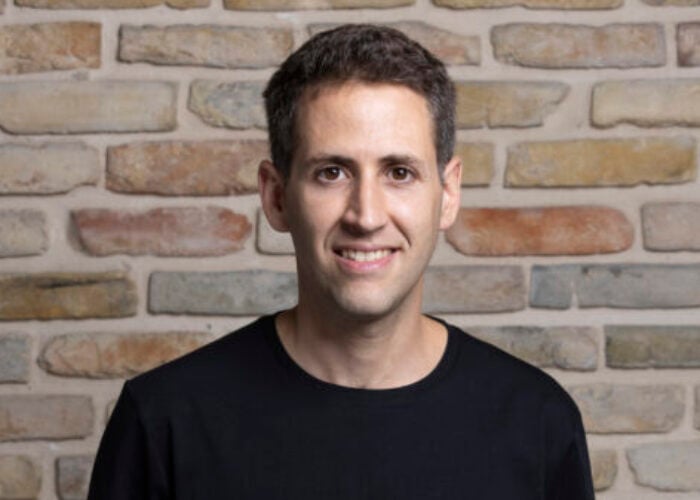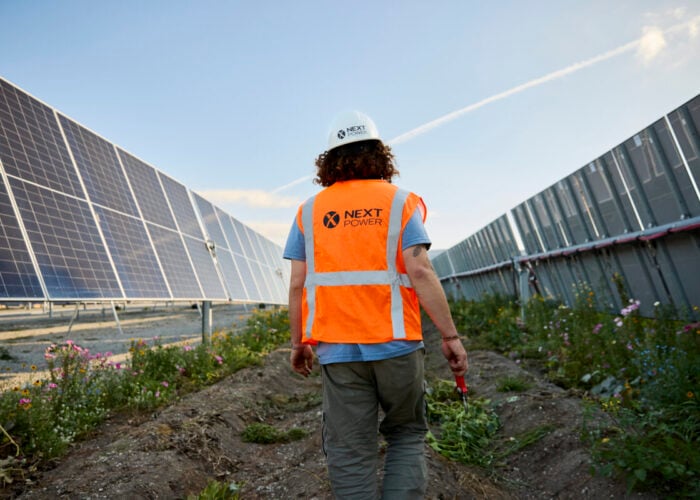
Greater policy clarity will be needed if Germany is realise its floating PV (FPV) potential, which could form a cornerstone of the country’s renewable energy deployment initiatives to 2030 and beyond.
This is a key takeaway from a report published today by Fraunhofer ISE into the German FPV sector. The report describes mines as a “significant” potential area for new FPV installations – the idea being that once the mines are decommissioned they are filled in with water to create artificial lakes – but notes that current policy is unclear as to how permitting for FPV projects on these new artificial bodies of water would be carried out.
Try Premium for just $1
- Full premium access for the first month at only $1
- Converts to an annual rate after 30 days unless cancelled
- Cancel anytime during the trial period
Premium Benefits
- Expert industry analysis and interviews
- Digital access to PV Tech Power journal
- Exclusive event discounts
Or get the full Premium subscription right away
Or continue reading this article for free
For instance, the government body responsible for permitting at a mine site is determined, to an extent, by the mineral produced at that particular mine; the report notes that sand and gravel mining is legislated by water and building law, while quartz sand mining falls under mining law, and establishing which laws apply to these mine sites as they transition from the mining to the renewables sector will be key in providing security for the industry.
However, some states have already taken steps to encourage FPV developments within their borders. In May, the German state of North Rhine-Westphalia launched an initiative to make legislations pertaining to FPV deployments on reservoirs more flexible, to overcome the “severe” restrictions currently in place.
The Fraunhofer ISE report also points out that a number of regions are explicitly “excluded” from consideration for FPV projects, such as nature reserves and flood retention basins, despite the fact that “careful planning and appropriate technologies can largely prevent negative impacts”. A more thorough investigation of the regions appropriate for FPV projects could be needed for the technology to reach its potential.
This potential is significant, not just in Germany, but worldwide. The report notes that global operating FPV capacity reached 7.6GW in 2023, up from less than 1GW as recently as 2017, and with more than 1GW of new capacity additions each year between 2020 and 2023. The world has the potential to install 400GW of new FPV capacity on just 1% of the world’s artificial reservoirs, and this capacity would increase to 4TW by using just one-tenth of the world’s reservoirs.
Using land more creatively
This discussion reflects a report published by Fraunhofer ISE last week, which found that Germany could add 500GW of new solar agrivoltaics (agriPV) capacity on just its most “suitable” farmland, more than double the total installed capacity targeted to be in operation by 2030.
The PFV report notes that space is likely to be a key issue if Germany is to realise its solar deployment goals; of the 22GW of annual capacity additions needed by the end of the decade to meet these targets, around half will need to be in open spaces, highlighting the need to deploy more projects in other areas, such as on reservoirs and at farm sites. Taken together, these reports suggest that meeting Germany’s renewable energy and solar deployment targets would perhaps be best achieved by reconsidering what forms solar projects take, and where solar projects are to be best deployed.
For instance, the FPV report notes that the states with the most potential in Germany are not those that have the most robust FPV sectors at present. For instance, the eastern state of Sachsen has the potential for 8-10GW of new FPV deployment – assuming projects have an energy yield of 25% and are deployed on all available artificial reservoirs in the state – the most among the German states, but the state has less than 1MW of FPV capacity currently in operation.
Indeed, Germany as a whole has just 44.2MW of FPV in operation, plus 79MW of projects in development; much of this is concentrated in the south-western state of Baden-Württemberg, which has a total portfolio, including operating and pipeline projects, of 50MW. Addressing this regional imbalance will be key if Germany is to meet its broader solar deployment goals; Fraunhofer ISE notes that Germany is aiming to increase its operating solar portfolio from 99.3GW at the end of 2024 to 215GW by 2030 and to 400GW by the end of 2040.
The falling cost of solar
The potential for FPV is significant, too, considering its falling costs. The report notes that PV modules account for the largest part of a project’s costs, accounting for 27% of capex, but module prices have been falling in the European solar industry. Last week, sun.store’s latest pv.index update found that the prices of both modules and inverters had fallen between May and June, and the sustained drop in the price of an FPV project’s most expensive component will only aid the financial viability of FPV projects.
The report goes on to note that static south-facing FPV systems, the cheapest among the types of FPV projects surveyed, have a levelised cost of electricity (CLOE) as low as US$0.09/kWh (US$0.11/kWh).
There have been a number of significant developments in the European FPV space this year, including the launch of the continent’s largest FPV project by Q Energy in June.






